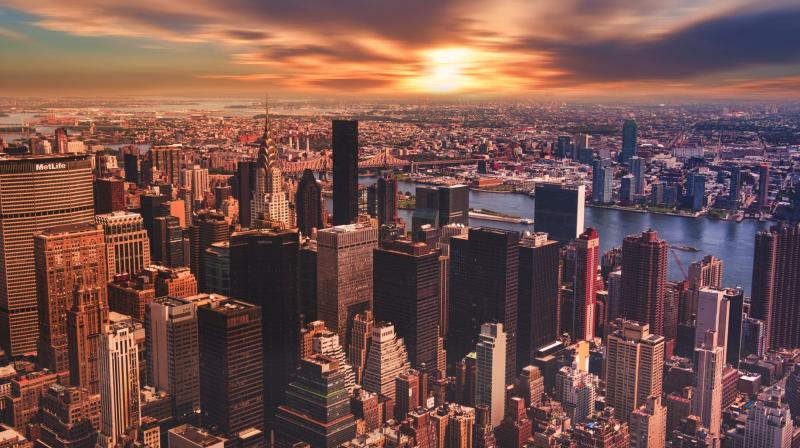Addressing environmental architecture

India is a rapidly developing nation with the urbanised population said to grow from 30 to 50 per cent over the next two decades. This is a daunting proposition considering that Indian cities today are confronted with an “urban emergency”. Incessant migration, outdated infrastructure, depleted resources, hazardous pollution and climate change have resulted in 14 Indian cities featuring in the top 20 most polluted cities in the world and at least 21 Indian cities are moving towards zero groundwater level by 2030. Indian cities do not even feature in the Global Liveability Report.
It is clear that we need a new paradigm. New vision becomes critical when thinking about cities. New urban and public projects need to be viewed as global exemplars for modern Indian Architecture and Urbanism. Whilst some movement has been seen in Green Buildings, a lot is still desired.
To outpace global warming, we need to change the way we think, from the highest level of government, policy and education to the grass root level of the common man. This cannot be achieved as isolated events. The biggest challenge of modern India today is to find an integrated model of sustainable urbanism, architecture and design. Hence it is time for systemic thinking.
Any green development or building can be defined as one which depletes as little of the natural resources during its construction and operation. Hence, a critical position needs to be established that will intrinsically inform sustainability with regards to contemporary Indian architecture.
Architecture of the future should successfully reduce the load on the environment in its construction strategy (assembly), material resource utilisation (transportation), spatial allocation (area optimisation), energy consumption (passive methods) and should increasingly rely on natural environmental resources and renewable such as daylighting, ventilation, passive methods of cooling, water recycling and access to nature.
We must become architectural activists in an attempt to affect change in our cities, in the buildings we dwell and ultimately, the lifestyles we adopt. The design should be viewed as a process that is a result of different stimuli, ranging from climatic conditions, financial and market forces, globalization, local conditions, prevalent traditions and technologies, and the community.
There is no other choice, but to re-engage by being responsive to nature. The new urban blueprint needs to be derived from the opportunity that lies within. The approach has to be multi-pronged and bottom-up to gradually bring about positive change in the city. There remains a great need to mobilise organisational systems, finance, industry and architectural imagination to aspire to this end.
*Disclaimer: The article has been contributed by Manit Rastogi, Founding Partner, Morphogenesis. The opinions expressed in this article are the personal opinions of the author. The facts and views appearing in this article do not reflect the views of Deccan Chronicle and Deccan Chronicle does not assume any responsibility and liability for the same.

